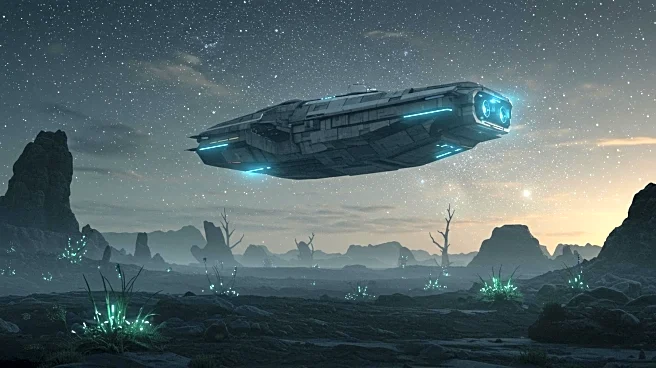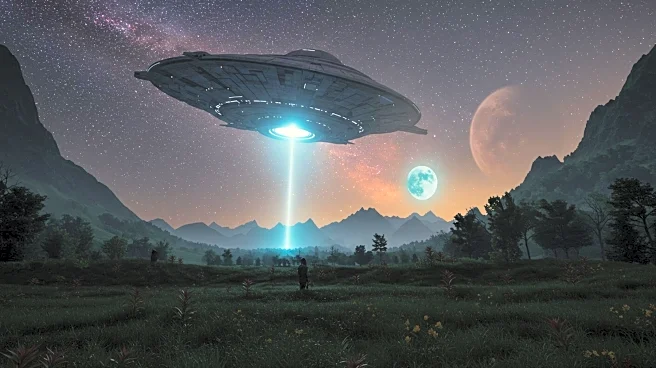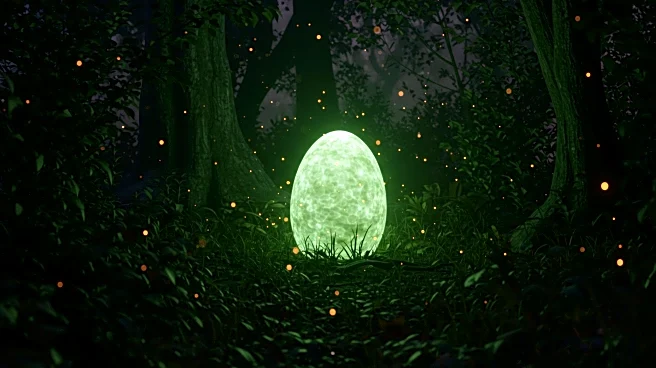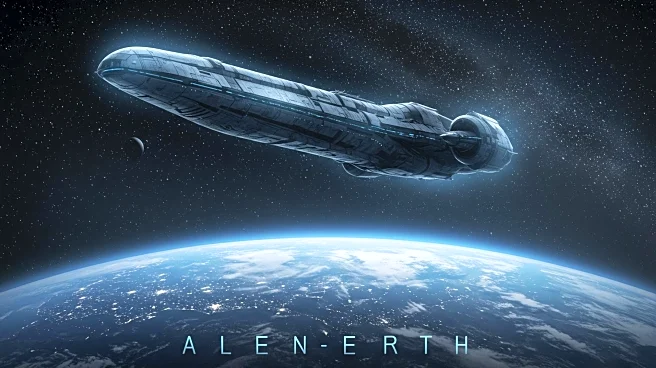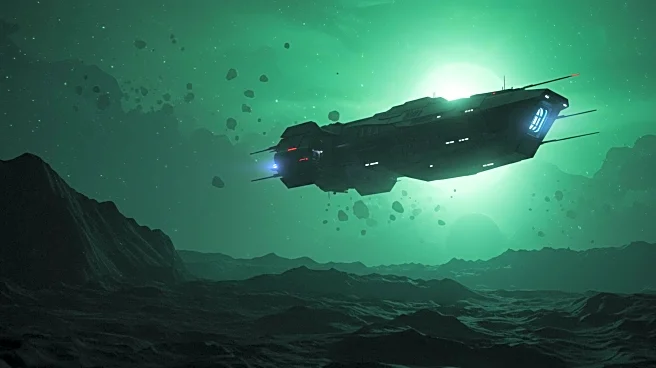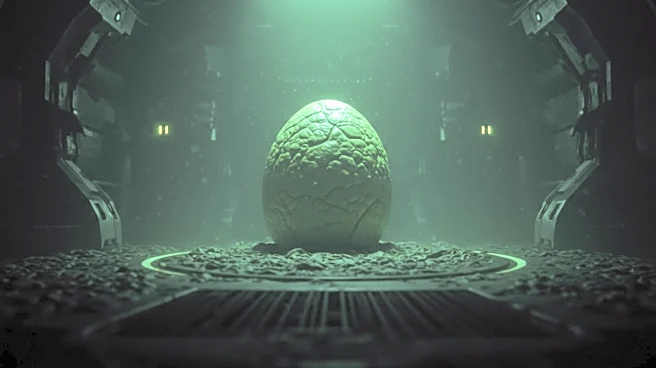
The "Alien" franchise has jumped around in time so much that it can be hard to keep track of it all. The first four films in the series, from Ridley Scott's original through "Alien Resurrection," follow a linear timeline and span about 260 years, with the meat of that time existing between the beginning of "Resurrection" and the end of "Alien 3." "Alien" takes place in the year 2122, "Aliens" occurs nearly 60 years later in 2179, after Ellen Ripley (Sigourney Weaver) spends several decades drifting
through space in cryosleep, and "Alien 3" essentially takes place right after "Aliens." Then there's a 200-year jump to "Resurrection" in 2379.
After that, though, everything gets a bit more difficult to follow.
The next film released in the series (not counting the "Alien vs. Predator" films, which are set contemporarily in 2004) is "Prometheus," which takes place 33 years prior to the original movie in 2089. After that came Ridley Scott's "Alien: Covenant," which is set in 2104, and Fede Álvarez's "Alien: Romulus," which takes place between "Alien" and "Aliens" in 2142.
That brings us to the new FX series "Alien: Earth," which is set right around the same time as the original "Alien," but in a very different corner of the universe, as you can tell by the name. According to the beginning of the first episode, the show takes place in the year 2120, just two years before the tragedy about the Nostromo in "Alien." However, the show also explains that we're catching up with a ship returning to Earth after 65-year mission, implying that the ship in question would have left Earth in just 2055 -- decades before the "Prometheus" expedition.
Read more: The 15 Best Sequels To Bad Movies
Alien: Earth Shows The More Cyberpunk Side Of The Alien Timeline

That's right -- the new series full of cryosleep pods, androids, cyborgs, digital brain transfers, and alien lifeforms is set less than 100 years in the future. Such was the way of things back in the late '70s when Ridley Scott made the first "Alien." The 22nd century seemed light years away, and the onset of the proto-digital age led to limitless possibilities of what a near future could look like. Scott took on another vision of that future in his next film after "Alien," 1982's "Blade Runner," which, along with William Gibson's seminal sci-fi novel "Neuromancer" that same year, is credited with creating the cyberpunk genre.
Although a lot of the other "Alien" movies take place around the same point in the timeline as "Alien: Earth," they typically take place aboard industrial ships, fledgling colonies, or harsh alien planets. That's been the model since the start -- one that makes a lot of sense for a horror movie franchise. But with the extra time allotted a big-budget TV series, "Earth" also gives us advanced corporate research labs, crowded urban residential districts, and glimmering futuristic towers in the city of New Siam.
It all feels more "Blade Runner" than "Alien" at times, though given Scott's role in both franchise's, that isn't entirely unwelcome. The corporate oligarchy of the "Alien" universe has been a part of it ever since the grim company secrets of the original movie. "Earth" is finally showing us more details about that power dynamic at the start of the 22nd century, and how companies like Weyland-Yutani achieved so much power.
How Does Alien: Earth Relate To The Other Movies On The Timeline?
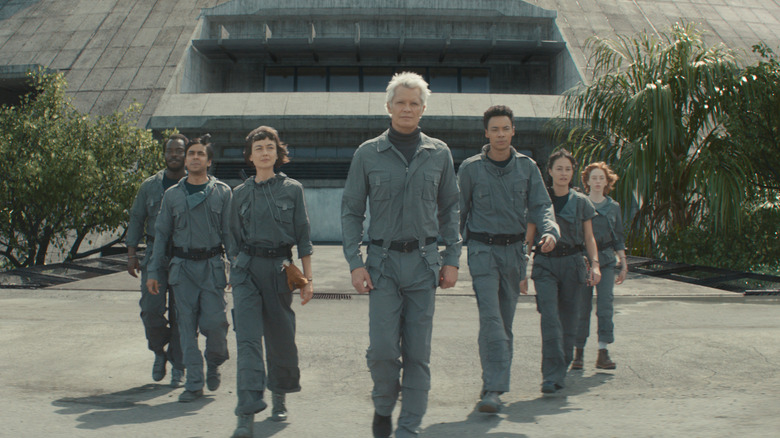
It's likely that "Alien: Earth" was set so close to the original "Alien" on the timeline in part so that the show could justify recreating a lot of the specific tech from that film. The first 10 minutes of the first episode are beat for beat taken from the beginning of the 1979 film, with picture-perfect recreation of the cryo pods, Mother chamber, mess hall, and other aspects of the Weyland-Yutani ship. Even the hairstyles of the characters reflect the late 1970s -- or, should I say, the early 2120s. However, there's also some confusion here, because the 2055 mission launch referenced in "Earth" would have been long before the beginning of the mission in "Alien." These ships look identical, but they would have gone to space decades apart. Even with some room for Easter eggs, the chronology is a little confusing.
Films like "Covenant" and "Aliens" explore the efforts around this point in the timeline to establish colonies on other viable planets, though the risks associated are rarely accounted for entirely by the corresponding corporate sponsors. As we see more of Earth itself in the new show, it may become clearer why people would be willing to volunteer for these fraught, decades-long missions. The idea of a planet of likely diminishing natural resources where a handful of corporations own everything, however, is enough in and of itself to imagine the rest of the economic situation, and it doesn't sound great.
It's also worth noting the events of "Prometheus" and "Alien: Covenant" given their relative recency to the story of "Alien: Earth." In the first of those films, the Weyland Corporation has yet to become Weyland-Yutani, and corporate/cult leader Peter Weyland has an almost religious obsession with alien life. The corporation's interest in the specimens in "Earth" seems to be more capitalist, with a clear bioweapons angle implied, but we aren't so far removed from the last couple of Scott films, where things were much, much stranger. The Weyland-Yutani merger may have also shifted the intention behind some of these secret projects. Right now, it's all a bit fuzzy as the show fills in the margins.
If you're looking for the easiest way to keep up with all the major movie and TV news, why not sign up to our free newsletter?
Read the original article on SlashFilm.


